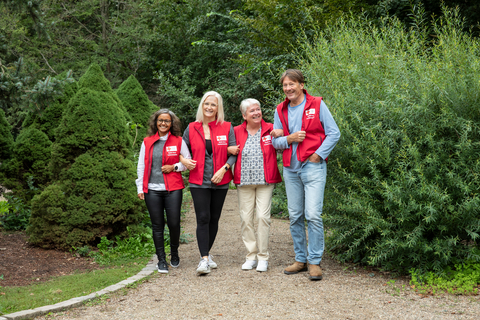
How? Campaign ideas
This campaign focused on influencing WHO indirectly through a member state: Denmark due to its ‘global leadership in NCD care and research’. The Danish Ministry for Foreign Affairs (MFA) would be an appropriate specific institution to target as IT technology/diplomacy and publicprivate partnerships feature prominently in the Danish Strategy for Development Cooperation and Humanitarian Action and links well with existing initiatives, e.g. the Danish tech-ambassador in Silicon Valley. Ideas for campaign activities include components of awareness raising and partnership- building:
- A pop-up event at the political festival Folkemødet in 2019, outside MFA’s office, or to coincide with the High-Level Meeting on NCDs in September 2018, would create awareness about the challenges in ensuring continuity of care in humanitarian settings. This event would give the opportunity to interact with and hear the voices of health workers and displaced people living with NCDs, building a clear, empathetic narrative around the need for action.
- Interested civil society activists and private sector partners could write an open letter to the Danish MFA, calling for its active involvement in developing a secure, personalised data system for people living with NCDs in humanitarian settings.
- Partnerships could be strengthened and formed through incubator sessions: bringing together the tech-sector, civil society and government agencies to consider how such a system could be designed and implemented. The campaign could be extended to other countries and development agencies (such as Department for International Development (DfID) in the UK), and give them the opportunity to showcase their own technology.